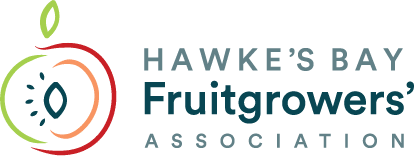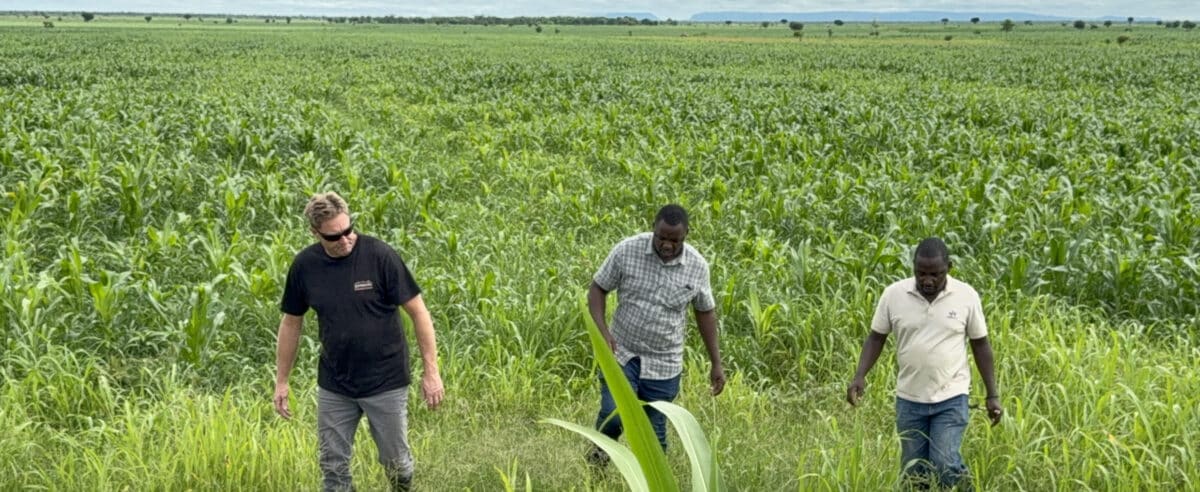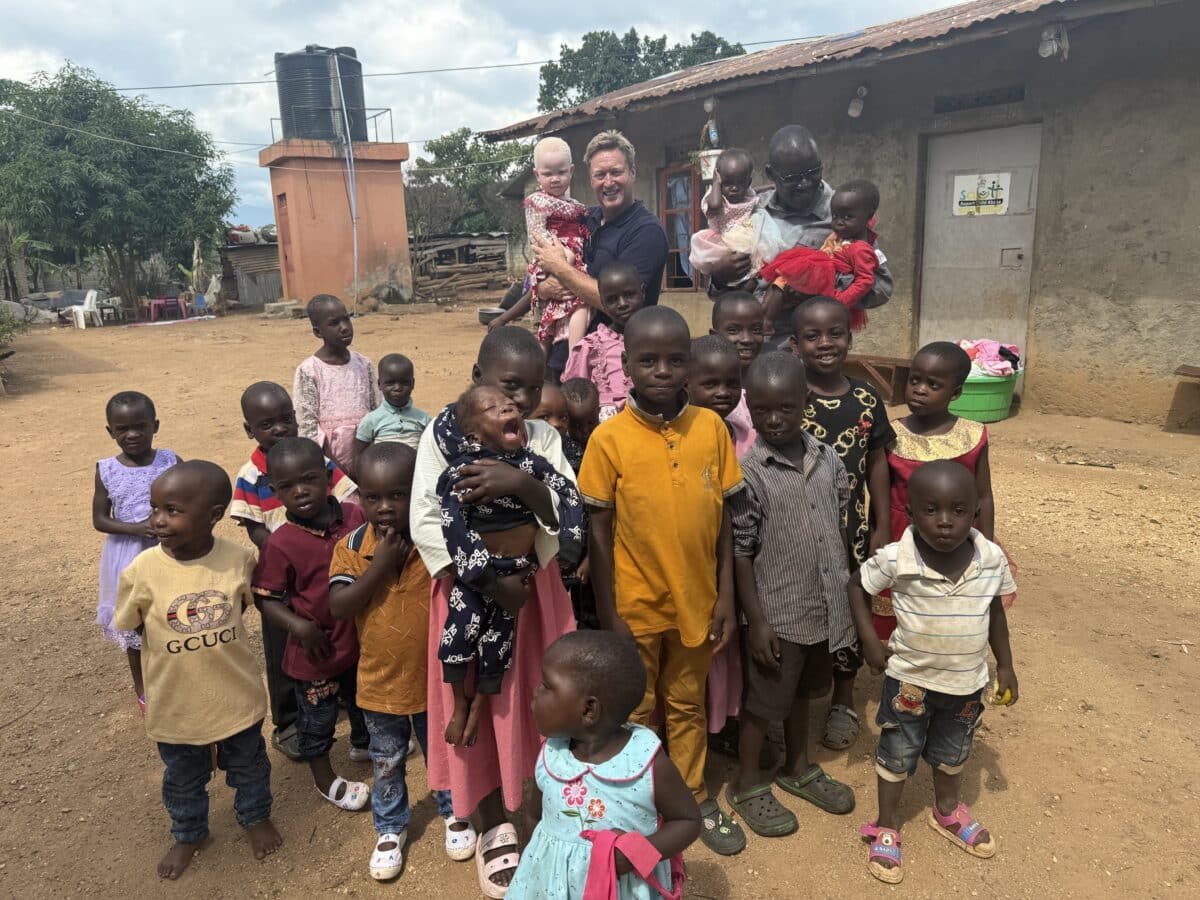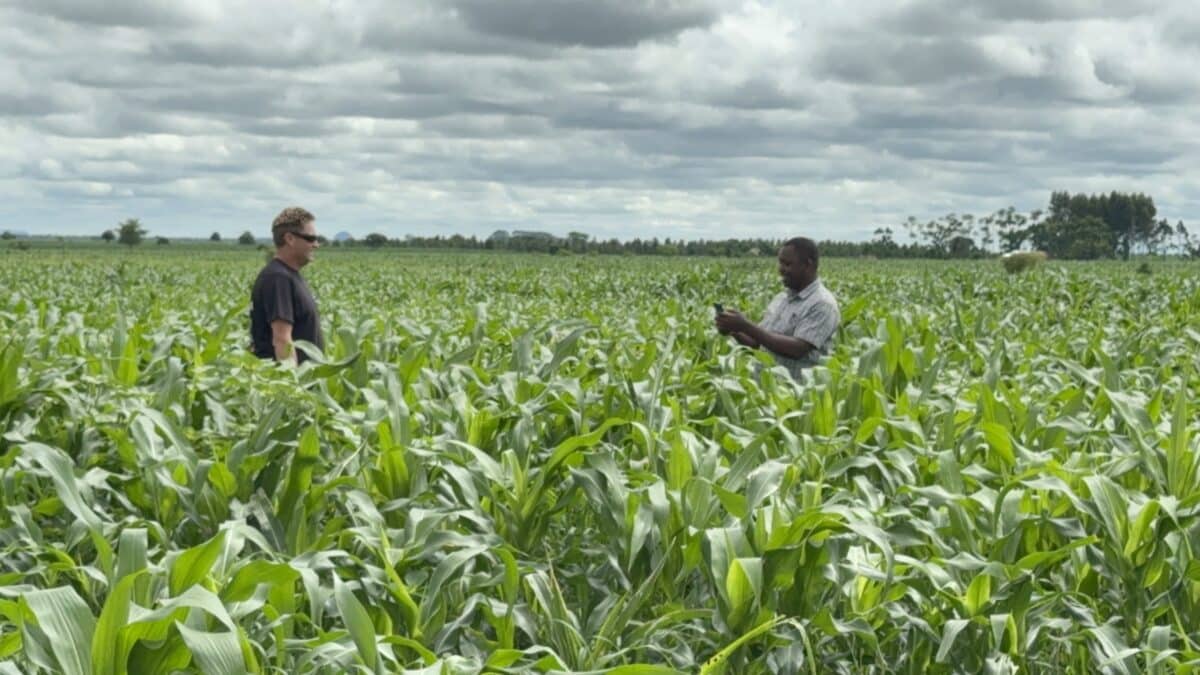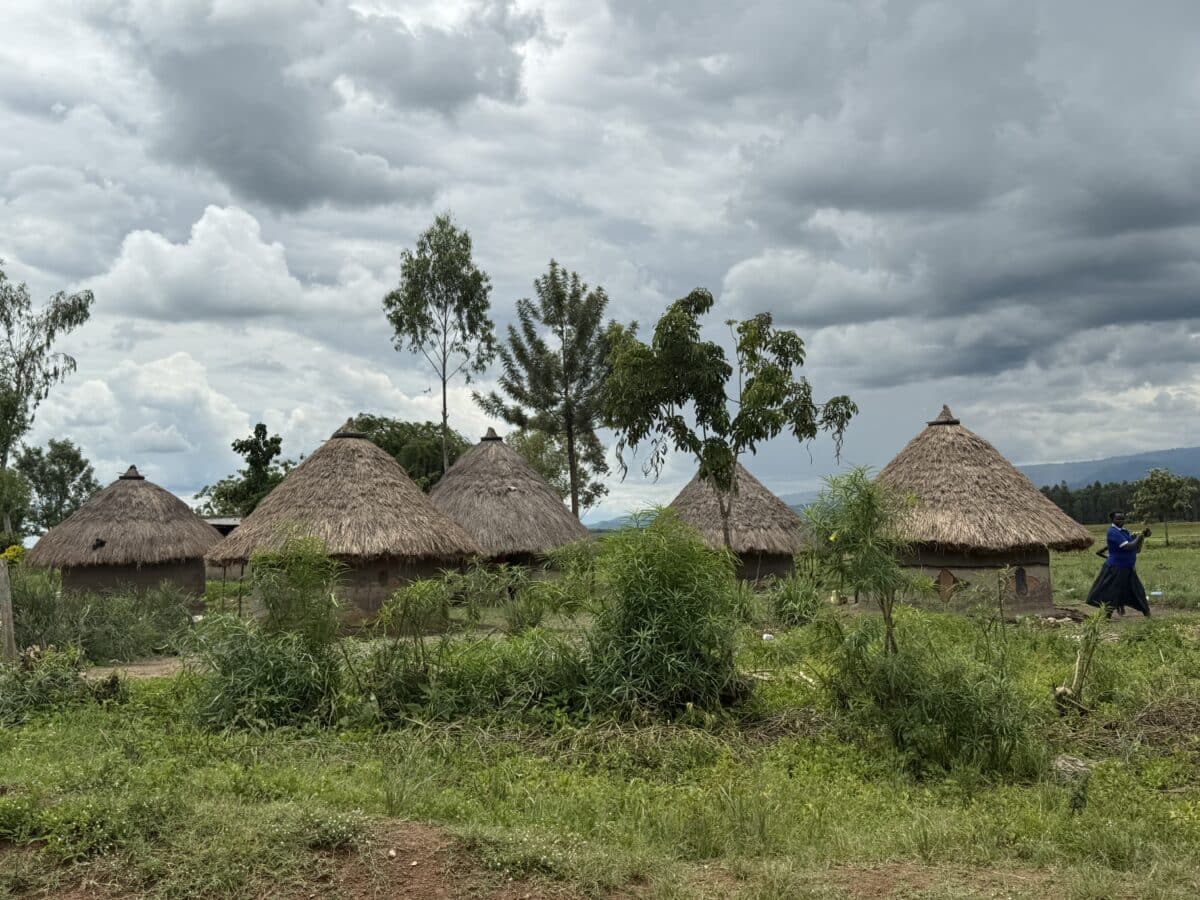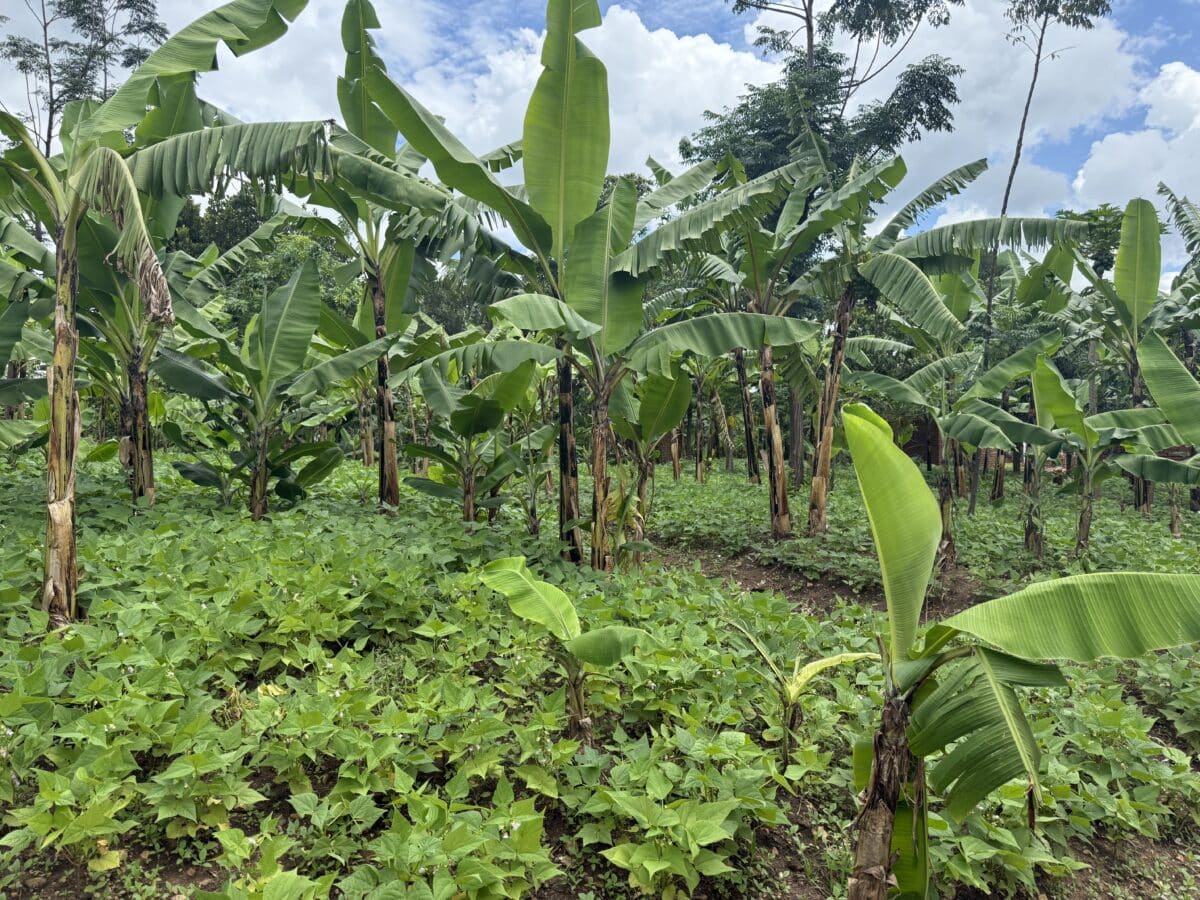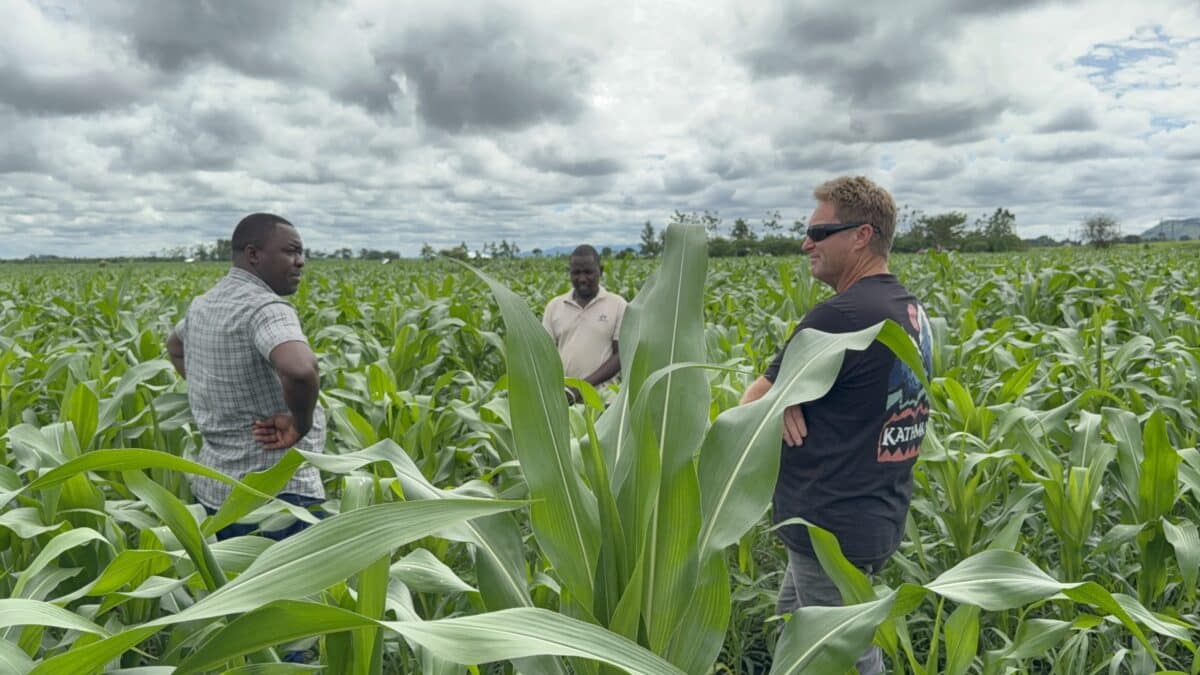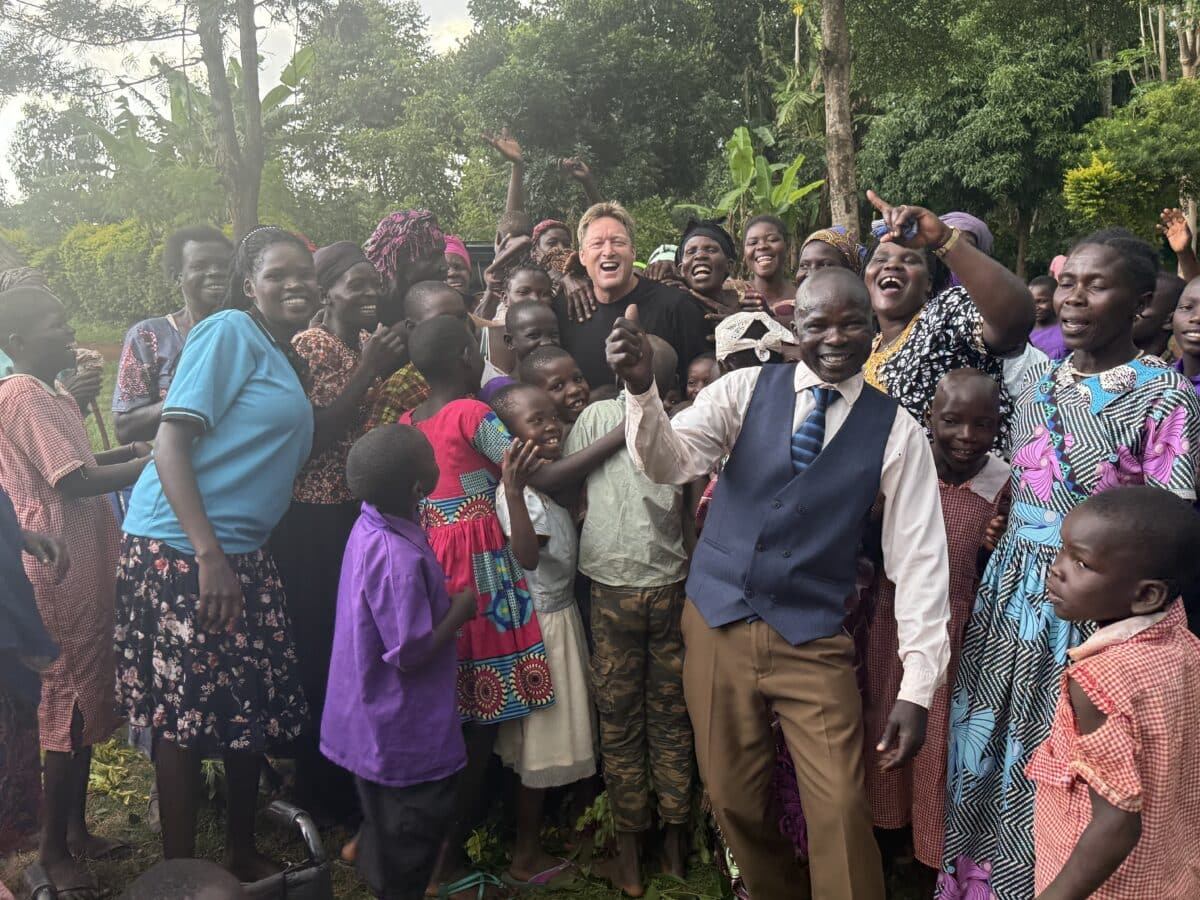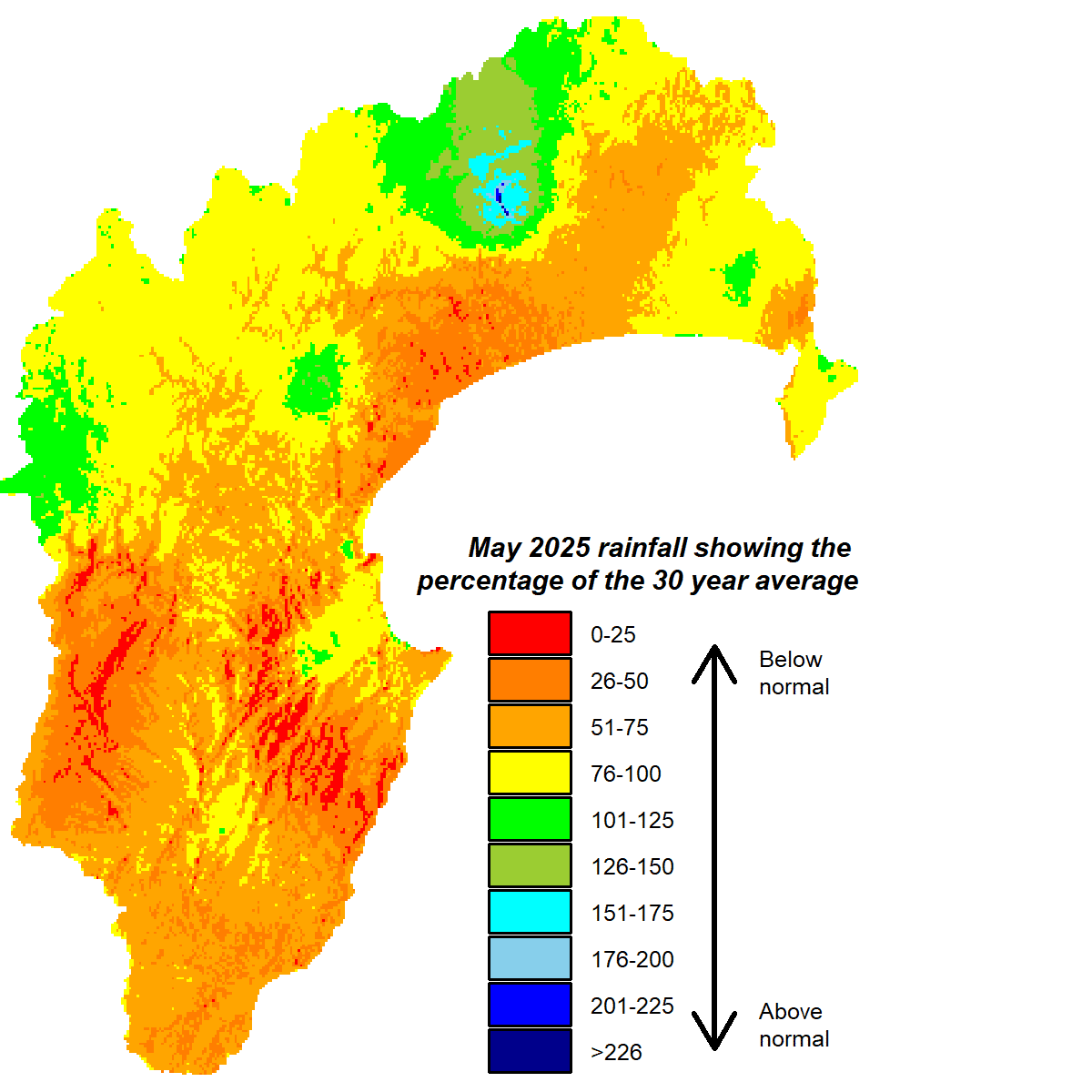Hawke’s Bay Fruit Growers Association update
Explore, Grow & Thrive – Welcome to June!
As we close out June and reflect on the first half of the year, one thing is clear, our resilience and the unwavering drive of our growers continue to provide confidence in the future of our industry.
A true highlight this month was the 2025 Young Fruit Grower of the Year competition, held on 5–6 June. This year’s event was an outstanding success, showcasing the technical skill, leadership potential, and determination of eight exceptional contestants. A huge congratulations to Sam Carter, our 2025 winner. Your performance was both inspiring and impressive, setting a high bar for the national finals ahead. We also can’t forget the Awards Dinner, full of laughter and energy thanks to the brilliant MC Jeremy Corbett, whose humour and showmanship helped make it a night to remember.
A special thank you to our sponsors and particularly Mates4Life, who were present throughout the event, providing wellbeing support and promoting mental health awareness. Their involvement was a powerful reminder that mental wellbeing is essential, not only for individual health but for the long-term sustainability and performance of our industry.
Behind the scenes, HBFA has been working hard on behalf of our members, actively participating in key water policy meetings and submissions. Most recently, we supported HortNZ’s position on drinking water compliance, opposing the mandatory implementation of the “Acceptable Solution” for mixed rural water supplies. We believe growers and rural families should retain autonomy over their water sources and have the flexibility to adopt fit-for-purpose solutions. Regulatory focus should remain on larger, shared systems, not small-scale domestic or staff supplies.
We continue to advocate for out growers that reflects the unique realities of growing fruit in Hawkes Bay. Your voices are being heard, and HBFA will remain firmly engaged in shaping fair and practical outcomes for our growers.
Heretaunga Sustainable Water Group launches draft 100-Year water management strategy
Following on from the packed event last month, the June AGM had no less attendees. The Heretaunga Sustainable Water Group (HSW) has accelerated work on its 100-year sustainable water strategy. The group has been engaging with iwi, local councils, and industry to develop a collaborative plan that includes options such as aquifer recharge, new storage solutions, water recycling, and better allocation mechanisms. A membership drive is ongoing, aiming to represent all commercial water users across Heretaunga and the Ngaruroro zones. “If we want to avoid regulatory gridlock, we must speak with one voice and show we are proactively investing in solutions,” said spokesperson Greg Taylor.”
The group is now formally incorporated and playing a lead role in governance discussions for storage project, projected to support up to 27 million cubic metres of water capacity.
Reminder -Why is it necessary to form a representative group (HSW)?
To be successful in governing our future, it is important that water users can speak as one group, providing effective and efficient pathways directly to major decision makers in water allocation – especially HBRC and if necessary, central government. This is a huge challenge to tackle alone and a united group carries more weight. What will HSW do?
- Be the spokesperson for water users and lobby on their behalf
- Undertake and implement the strategic planning necessary to develop a fair allocation model. (The “founders” of HSW have already committed $50,000 to a strategic plan, compiled by AgFirst)
- Represent users in exploration of water security initiatives including water storage, aquifer recharge, recycling, efficiency and other demand/supply levers
- Raise funds and engage personnel (executive officer) to implement the strategy
- Be the administrative centre of HSW’s activities including management of the group database and communication with water users
What can you do?
The best thing you can do is join HSW. You can do this by scanning the following QR Code or via the following link: Click here →
As we turn our focus to the months ahead, 2025 presents significant opportunities, from the potential for regulatory reforms to improved access to water. HBFA will continue to advocate for our growers, facilitate meaningful industry discussions, and provide the support needed to help you succeed. Please see below what’s happening in the region:
Advocacy updates:
RMA update
A quick update about a few things RMA related that are happening at both the national, and local level
- Consultation is open on proposed changes to a number of bits of resource management legislation
- Central government is looking at making changes to national direction for infrastructure and development, the primary sector and freshwater. There is a lot packed into the proposed reforms that will potentially have quite an impact on the hort sector, including the proposed removal of Class 3 land from the protection of the National Policy Statement for Highly Productive Land; and proposed new policy that would specifically enable commercial vegetable growing.
- Submissions close on 27 July 2025. HortNZ is preparing submissions (opportunities to get involved with this are communicated through the HortNZ weekly newsletter), but anyone else (either individuals or organisations) is encouraged to make a submission – it’s really important that central government understand which parts of the proposed changes do, or don’t, work for the horticulture sector
- The Ministry for the Environment Website is the best place to start looking for information about the changes proposed: Infrastructure, development and primary sector national direction – Ministry for the Environment – Citizen Space
- The changes related to freshwater are here: Freshwater national direction – Ministry for the Environment – Citizen Space
- Napier Proposed Distirct Plan Hearings
- HortNZ appeared at the latest round of hearings for the Proposed Napier District Plan. The focus of HortNZ’s submissions were the policy provisions related to the rural lifestyle and rural production zones.
- There is one more day of hearings in late July, before the hearing process will be finished. A decision date for the proposed district plan is not known, but unlikely to be before late 2025.
- Heretaunga Sustainable Water Group Special General Meeting
- A Special General Meeting was held in Havelock North last Wednesday (18 June) which provided updates on the awesome work the group is doing
- Anyone with an interest in water on the Heretaunga Plains, but particularly irrigators, are encouraged to join the group, and new members are definitely welcome. Visit the website to join: https://hsw.org.nz/
As always, please don’t hesitate to reach out if you have any questions about anything RMA related – you can reach me via phone 027 3225595 or email Charlotte.Drury@hortnz.co.nz
Reach out for support:
If you or someone you know is struggling, don’t hesitate to reach out and connect with Wanda Douglas at 021 1700 506 or wandspsychology@gmail.com. Remember, seeking help is a sign of strength, and we’re here to support each other.
Warm regards,
Callum Ross
Chief Executive Officer HBFA
